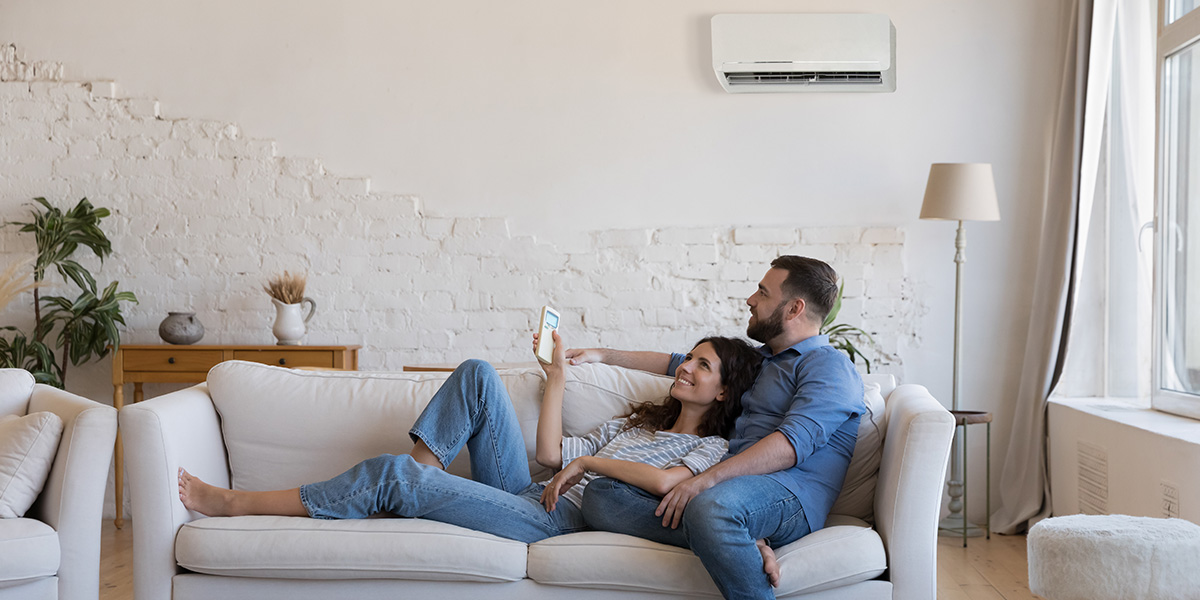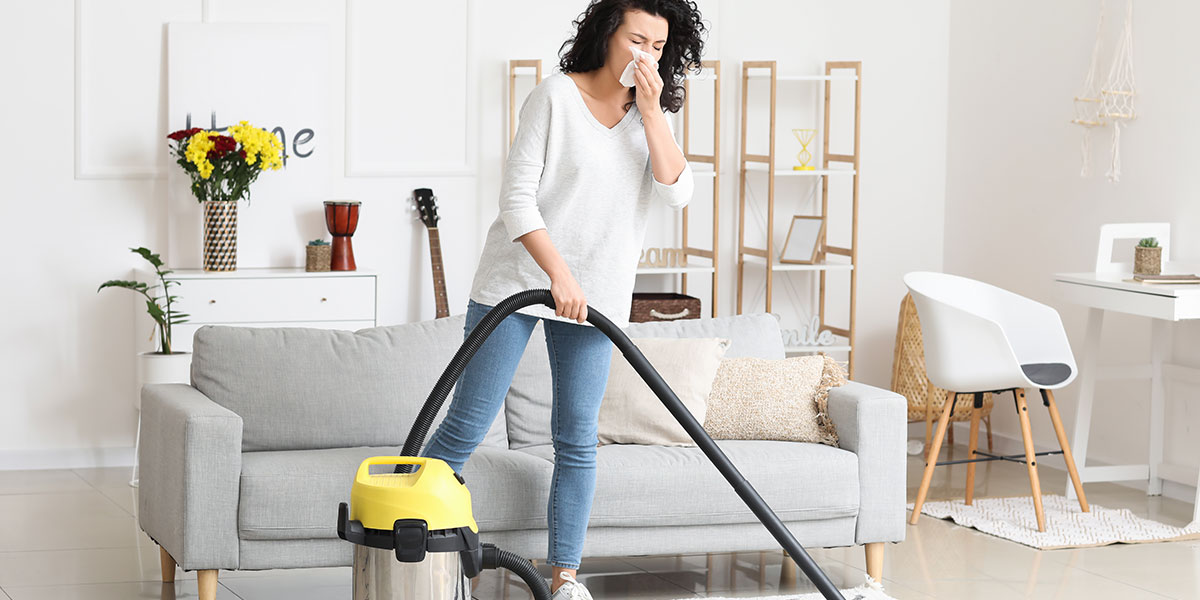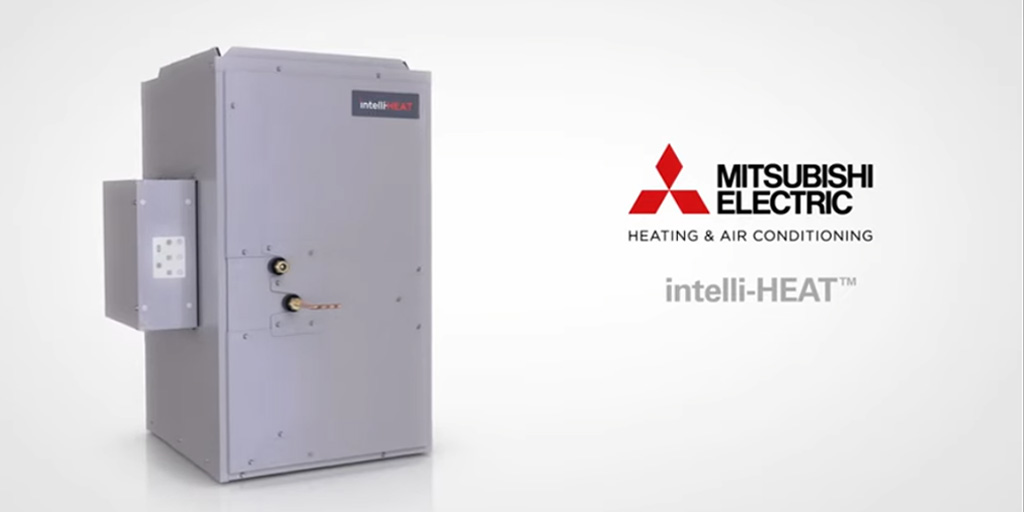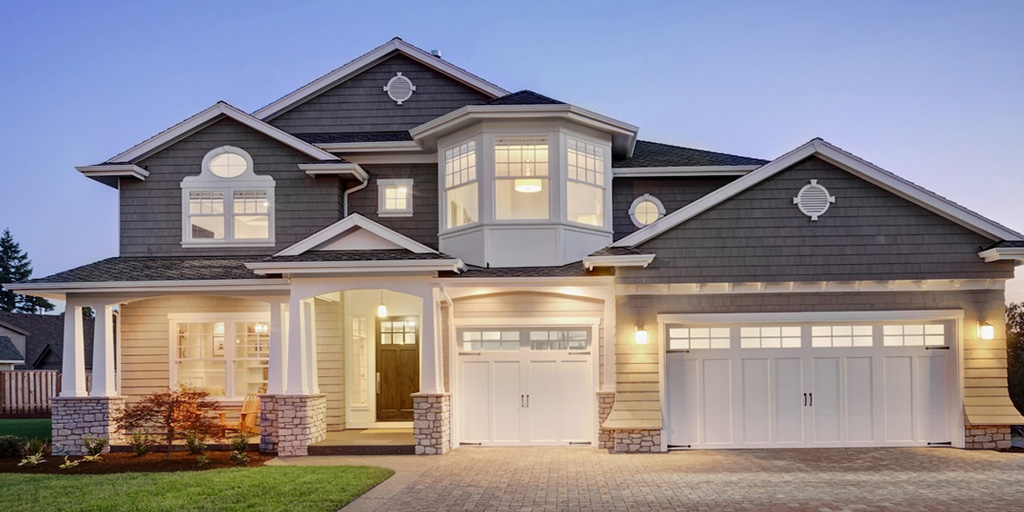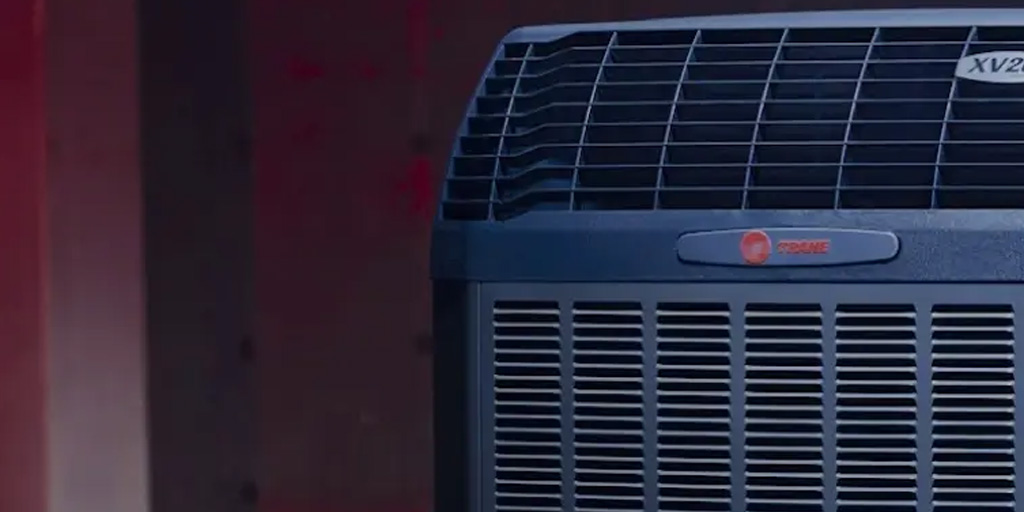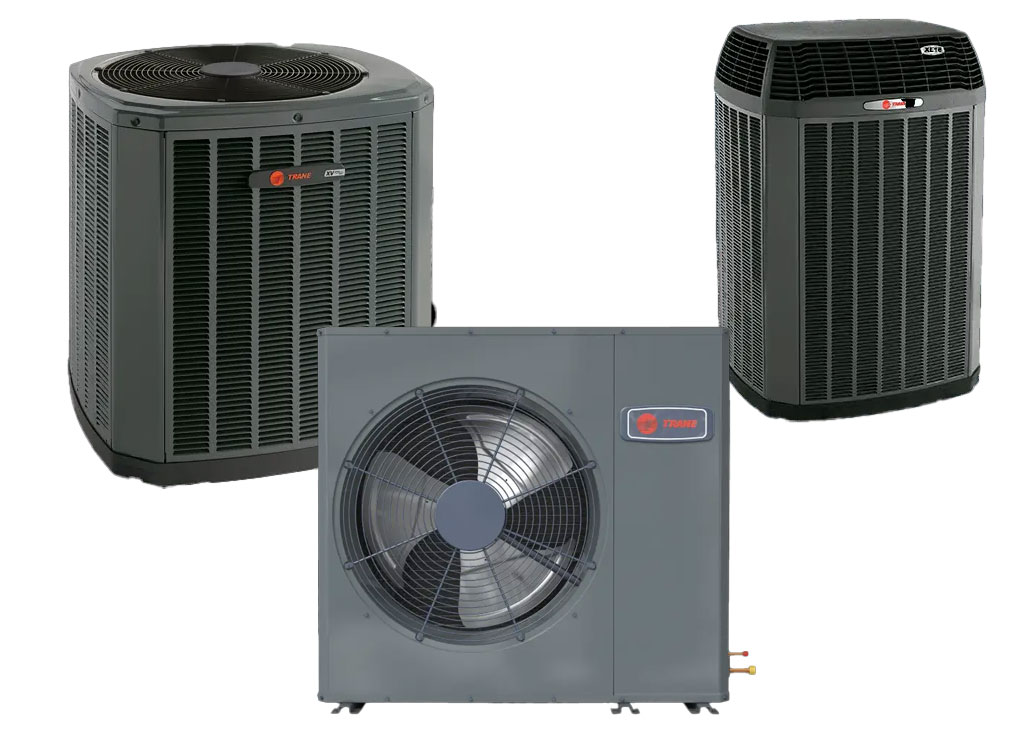And Why You Should Consider an Extended Service Agreement
Spring is here! As the weather warms up and flowers start to bloom, it’s the perfect time to tackle your spring cleaning checklist. While most homeowners focus on dusting, decluttering, and organizing, one crucial task that often gets overlooked is servicing your air conditioning system. At Alternative HVAC Solutions, we know that a well-maintained AC system is key to staying comfortable during the hot summer months. Here’s why spring cleaning your air conditioning system is so important—and why signing up for our Extended Service Agreement can make all the difference.
Why Spring Cleaning for Your AC System Matters
Improved Energy Efficiency
Over time, dust, dirt, and debris can accumulate in your AC unit’s filters, coils, and vents. This buildup forces your system to work harder, increasing energy consumption and driving up your utility bills. A professional spring cleaning ensures that your AC system runs efficiently, saving you money on your energy costs.
Prevents Costly Repairs
Neglecting routine maintenance can lead to small issues turning into big (and expensive) problems. Clogged filters, refrigerant leaks, and worn-out parts can cause your AC unit to break down at the worst possible time—like the middle of a summer heatwave. Spring maintenance helps catch these issues early, keeping your system running smoothly.
Extends the Lifespan of Your AC Unit
An air conditioning system that is regularly cleaned and serviced can last years longer than one that is neglected. By investing in professional maintenance each spring, you can avoid premature system failure and maximize the lifespan of your AC unit.
Better Indoor Air Quality
Your AC system doesn’t just cool your home—it also helps filter out dust, pollen, pet dander, and other allergens. When your system is dirty, these particles can circulate through your home, aggravating allergies and respiratory issues. A thorough spring cleaning ensures that your AC system is filtering air properly, improving your home’s overall air quality.
Keeps Your Home Comfortable All Summer Long
A well-maintained AC system means consistent cooling and fewer breakdowns during the peak summer months. Spring cleaning helps your system work more effectively, keeping your home at the perfect temperature no matter how hot it gets outside.
The Benefits of an Extended Service Agreement
While a spring cleaning is essential, regular maintenance throughout the year ensures that your AC system remains in top shape. That’s where Alternative HVAC Solutions’ Extended Service Agreement comes in. Here’s why signing up is a smart move:
Lower Repair Costs
Our service agreement includes regular maintenance, which helps prevent breakdowns and reduces the need for costly emergency repairs. Plus, you’ll get discounts on parts and labor if repairs are needed.
Scheduled Maintenance Reminders
Life gets busy, and it’s easy to forget about routine AC maintenance. With our Extended Service Agreement, we’ll remind you when it’s time for a check-up—so you never have to worry about your system being neglected.
Increased System Efficiency
Regular tune-ups and filter changes mean your AC unit will run more efficiently, helping you save on energy costs throughout the year.
Peace of Mind
Knowing that your AC system is being professionally maintained year-round means you can relax and enjoy a cool, comfortable home without the stress of unexpected breakdowns.
Schedule Your Spring AC Cleaning Today
Spring is the best time to get your air conditioning system in top shape before the summer heat hits. At Alternative HVAC Solutions, we’re committed to helping you stay cool and comfortable all year long. Contact us today to schedule your spring AC maintenance—and don’t forget to ask about our Extended Service Agreement for worry-free cooling all season long!
Alternative HVAC Solutions – Keeping Your Home Comfortable, One Season at a Time.
